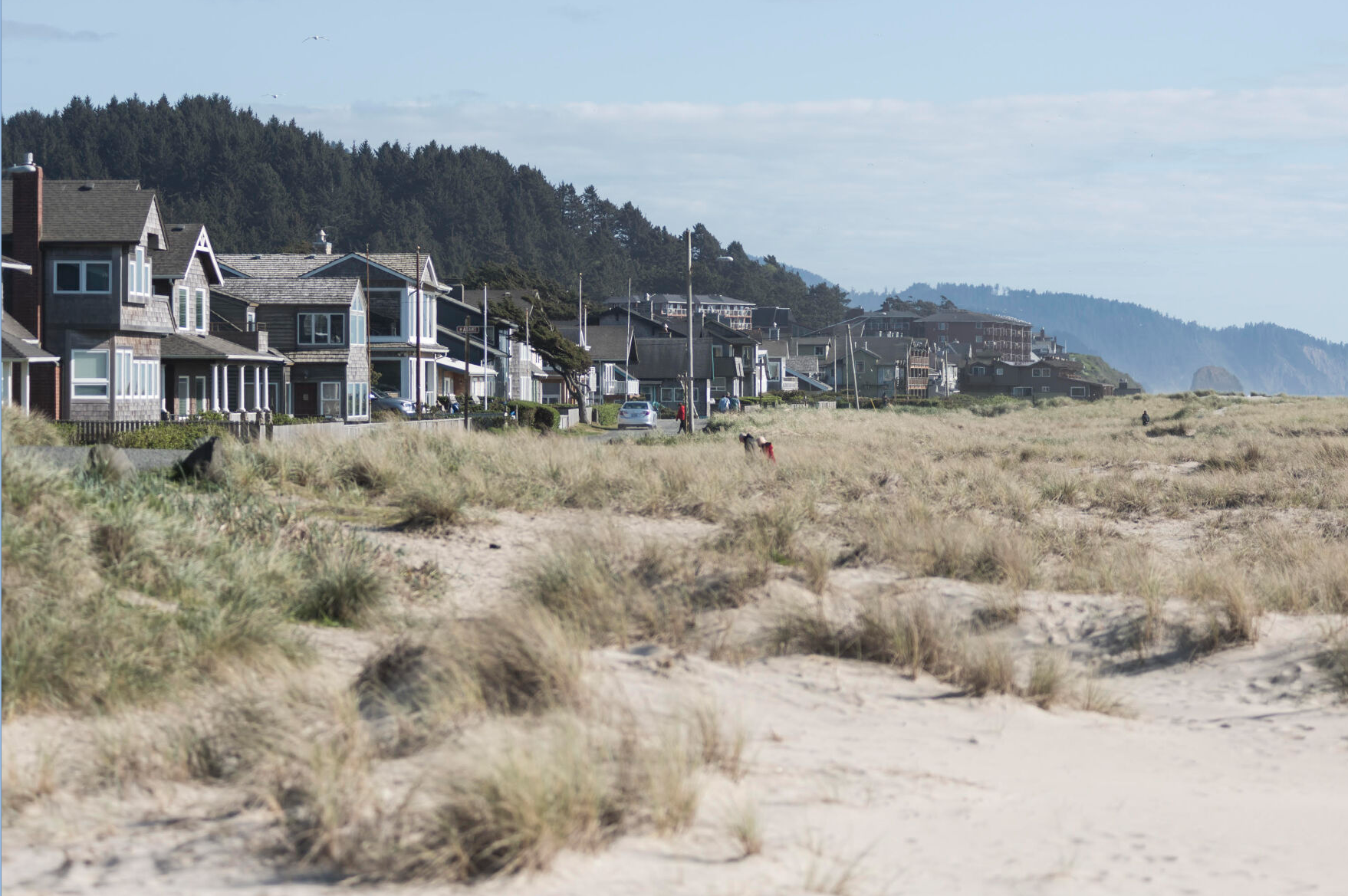Everyday People: Woman finds Astoria a great escape after growing up on prison islands
Published 5:00 pm Sunday, October 1, 2006
Sometimes home can seem like a prison to a child. In Sharon Haller’s case, home really was a prison. Her father, Robert Weir, worked for the federal prison service.
Trending
These days, Haller, 61, lives in Astoria with her attorney husband Don Haller, and several cats, and works at the Tongue Point Job Corps Center’s career center. Her two sons, Zach and Ian Walter, live in the Astoria area, and her stepson, Michael Haller, lives in Ashland.
But when she was growing up, Haller and her two younger sisters spent an idyllic childhood on McNeil Island, near Tacoma, Wash. Now a prison for violent sex offenders, in those days McNeil was a Federal Farm Camp.
The bad guys were all locked up, Haller said, and the minimum-custody inmates drove the school bus, painted houses, collected the trash, worked on the prison’s cattle ranch and grew a lot of the food. One inmate even delivered ice to the Weirs’ home for their ice box. Modern appliances were slow to come to the island, which even now is accessible only by boat.
Trending
“It was almost self-sufficient. Everyone had a job,” Haller said. “Even an old lifer with one arm carried a bucket and picked blackberries.”
For employees’ families there was a community center, a bowling alley, a church and a tiny swimming pool. The children ran around on the beach, harvesting clams, oysters and fish. Haller’s father caught salmon. They went on camping trips in the forest. “It was wonderful. We had the run of the place,” Haller said.
But in 1960, when Haller was 14, everything changed. “We went from all of that to 14 acres of cement,” Haller said. Her father had been transferred to the infamous Alcatraz, the island prison off San Francisco.
There was hardly any dirt on Alcatraz, Haller remembered. What dirt there was had been brought in by boat to the former military installation. The employees’ houses were on the old parade ground and they were so antiquated they had DC electricity instead of AC, no phones, and her mother had to use a wringer washer. People had little patches of dirt around their houses, but the wind was so ferocious, nothing would grow.
Their first night at Alcatraz they were camping out in sleeping bags on the floor, when all of a sudden the windows started rattling and “we all sat up at once,” Haller said. They were living under a fog horn, and it went off all the time. But before long, they got used to it.
Haller and her sisters also had to get used to going to school in San Francisco. Naturally, they and the other Alcatraz kids had to get there by boat. The boat was sometimes late, and occasionally they just pretended it was late so they could cut class. “We all had to agree,” she said, for the ruse to work, but that wasn’t a problem because they were all friends. Another thing the Alcatraz kids did together was take lessons from an Arthur Murray dance instructor who worked there. It was the 1960s and they were doing tangos and waltzes. “The town kids thought we were a little strange,” Haller said.
Depending on boat transportation had its drawbacks, especially when it came to dating. The last boat left the mainland at 11:30 p.m., meaning Haller and her date would have to leave movies before they ended. One night, the trolley bus they were taking to the dock broke down and while they were waiting, Haller saw the boat come across the water and go back without them.
“I thought, ‘I’m in big trouble now,'” Haller said. Because her house had no phone, she had to call the prison to reach her father, who had to ask for a special boat to come and get her. “I was grounded for a long time,” she said.
Inmates at Alcatraz were the worst of the worst. They didn’t work outside, and the children had no contact with them, Haller said, although they could sometimes hear them rattling metal along the bars of their cells.
Living at a prison seemed scary to outsiders. In fact, the mother of one of her sister’s friends wouldn’t allow her daughter to visit Alcatraz. But Haller felt safe there. “I was scared when I wasn’t at Alcatraz. There, all the bad guys were locked up,” Haller explained.
But one night in 1962, while her father was filling in for a supervisor who had called in sick, he heard noises on the roof. Three inmates, brothers Clarence and John Anglin and Frank Morris, escaped through ventilator shafts that they had used stolen spoons to widen. They had left dummies in their beds, whose plaster heads were covered with hair they had saved from the barber shop.
The escape siren had never gone off at Alcatraz while they were there, but that night it did. Haller and her mother and sisters all had to go into their house and lock it. Authorities believe the escapees drowned, but their bodies were never found.
Later, the movie, “Escape from Alcatraz,” was based on that incident and an actor played her father, Haller said.
There was another escape in December 1962, and a few months later, in spring 1963, Alcatraz closed. Haller got to stay home from school and watch the last inmate leave. To keep the inmates from knowing when they would be leaving, “They still had warm pastry on the baking racks,” she said.
– Sandra Swain









